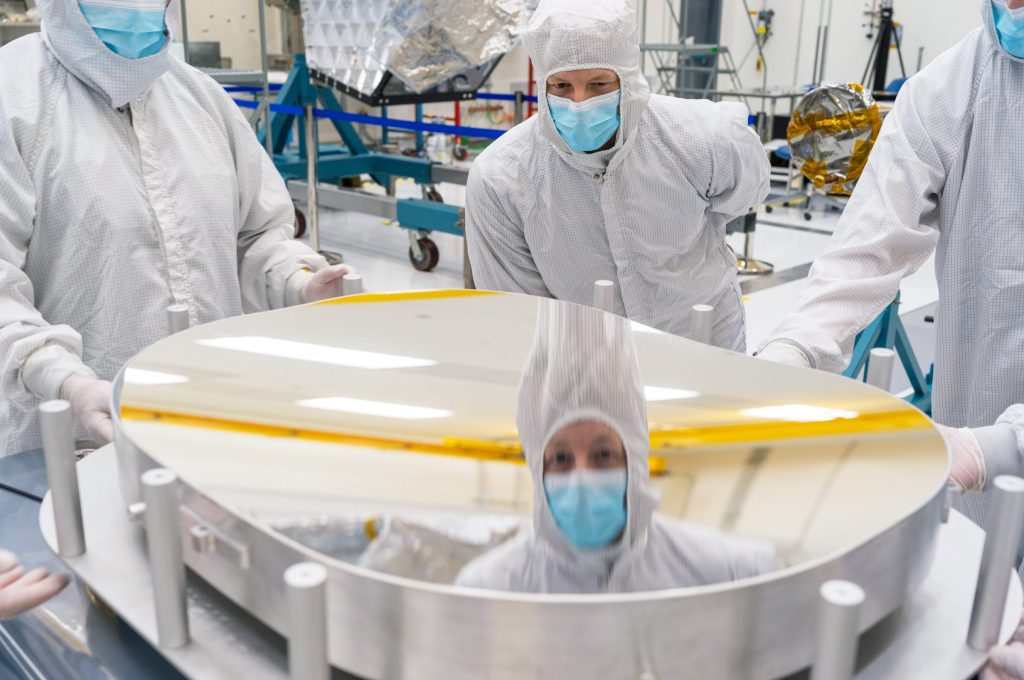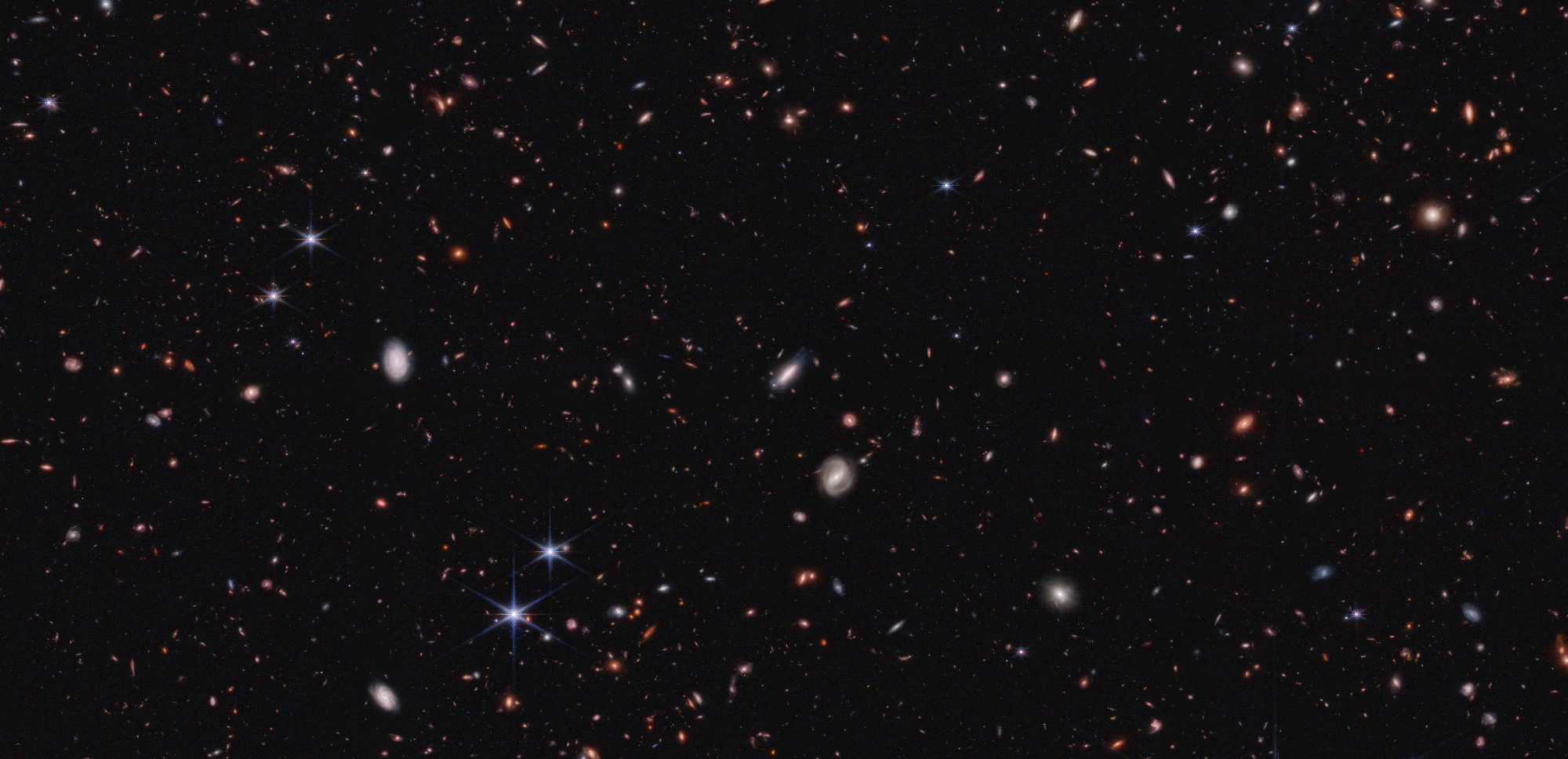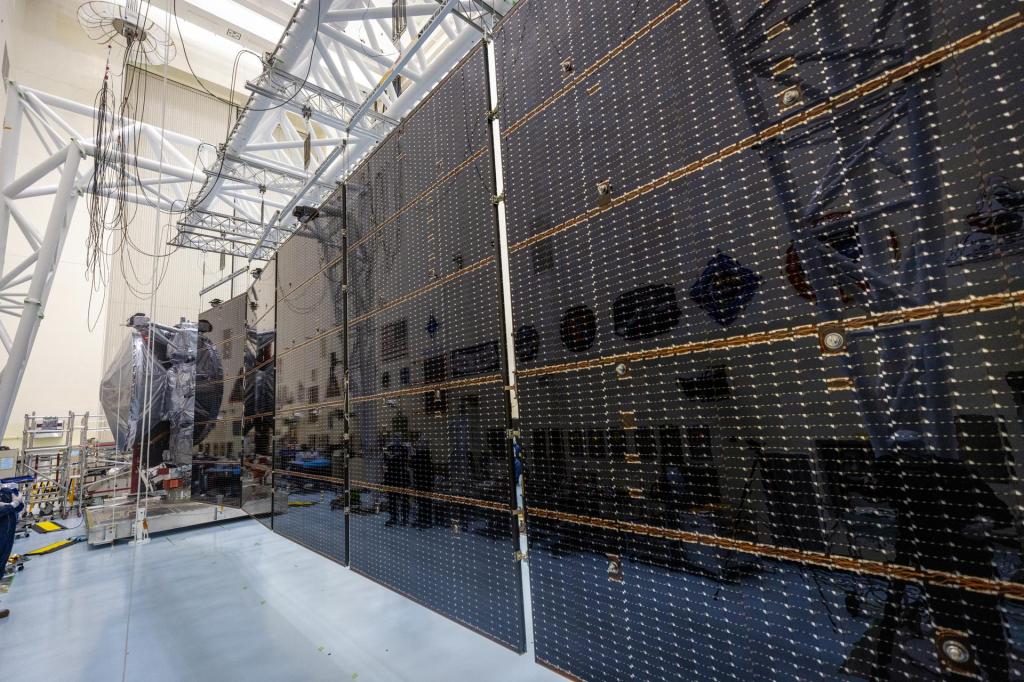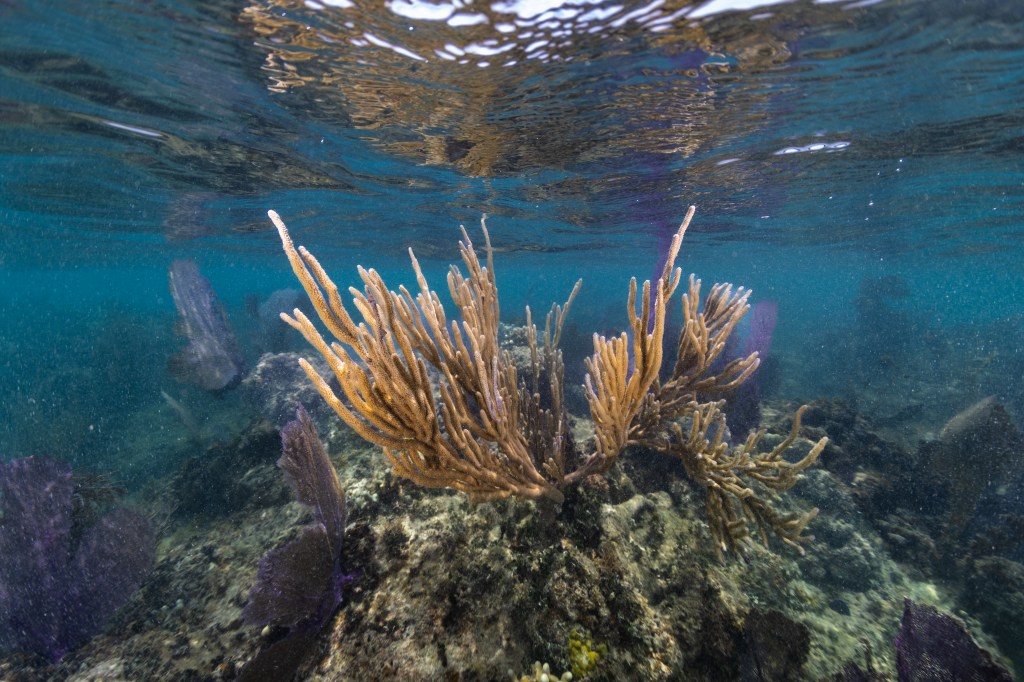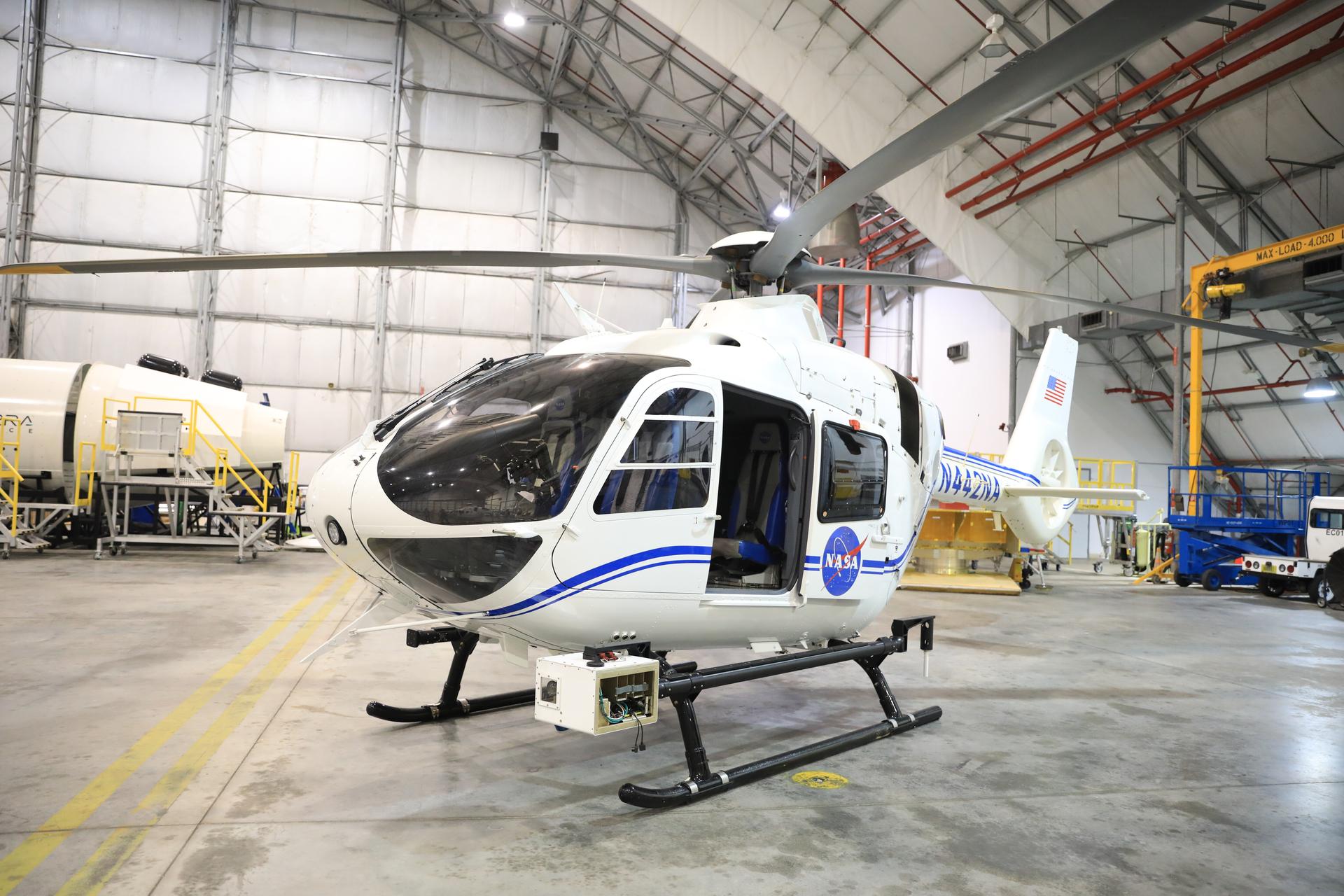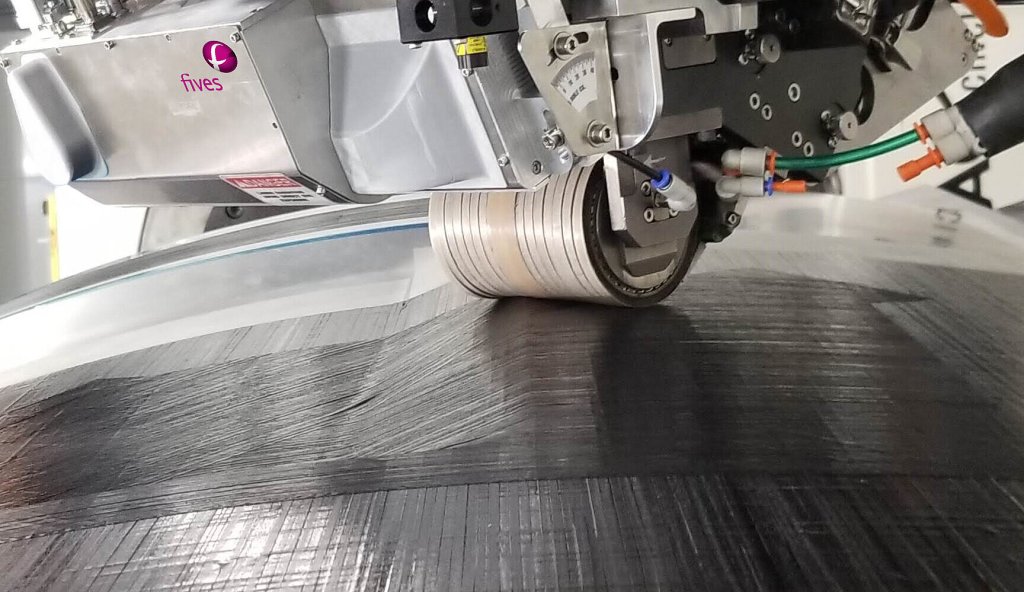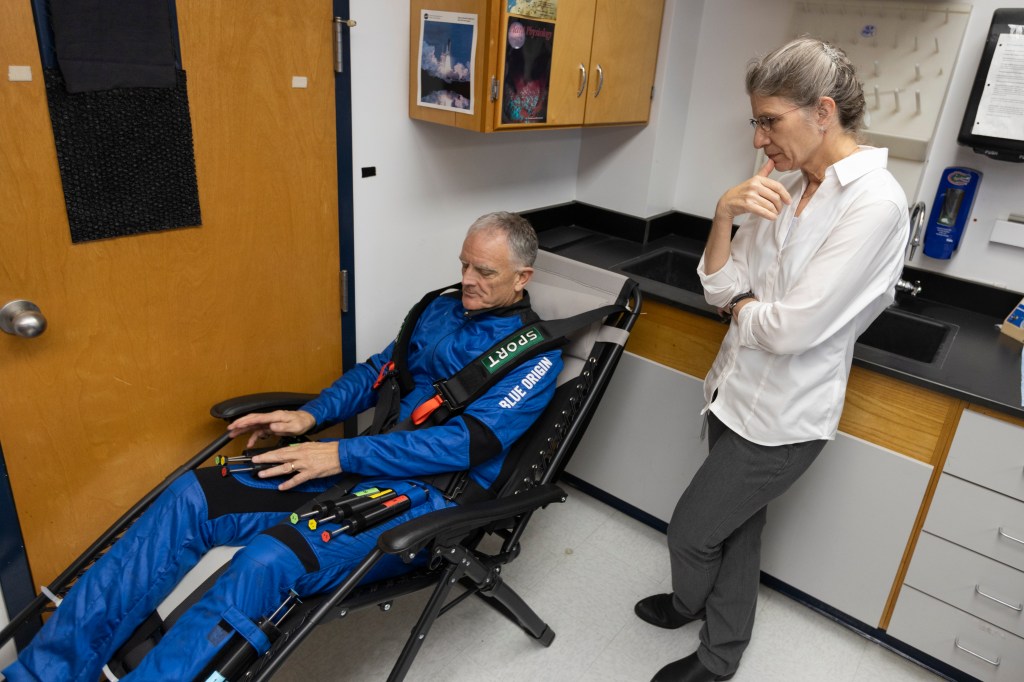A new set of NASA science experiments and technology demonstrations will arrive at the lunar South Pole in 2027 following the agency’s latest CLPS (Commercial Lunar Payload Services) initiative delivery award. Intuitive Machines of Houston will receive $116.9 million to deliver six NASA payloads to a part of the Moon where nighttime temperatures are frigid, the terrain is rugged, and the permanently shadowed regions could help reveal the origin of water throughout our solar system.
Part of the agency’s broader Artemis campaign, CLPS aims to conduct science on the Moon for the benefit of all, including experiments and demos that support missions with crew on the lunar surface.
“This marks the 10th CLPS delivery NASA has awarded, and the fourth planned for delivery to the South Pole of the Moon,” said Joel Kearns, deputy associate administrator for exploration, Science Mission Directorate, NASA Headquarters in Washington. “By supporting a robust cadence of CLPS flights to a variety of locations on the lunar surface, including two flights currently planned by companies for later this year, NASA will explore more of the Moon than ever before.”
NASA has awarded Intuitive Machine’s four task orders. The company delivered six NASA payloads to Malapert A in the South Pole region of the Moon in early 2024. With this lunar South Pole delivery, Intuitive Machines will be responsible for payload integration, launch from Earth, safe landing on the Moon, and mission operations.
“The instruments on this newly awarded flight will help us achieve multiple scientific objectives and strengthen our understanding of the Moon’s environment,” said Chris Culbert, manager of the CLPS initiative at NASA’s Johnson Space Center in Houston. “For example, they’ll help answer key questions about where volatiles – such as water, ice, or gas – are found on the lunar surface and measure radiation in the South Pole region, which could advance our exploration efforts on the Moon and help us with continued exploration of Mars.”
The instruments, collectively expected to be about 174 pounds (79 kilograms) in mass, include:
- The Lunar Explorer Instrument for Space Biology Applications will deliver yeast to the lunar surface and study its response to radiation and lunar gravity. The payload is managed by NASA’s Ames Research Center in Silicon Valley, California.
- Package for Resource Observation and In-Situ Prospecting for Exploration, Characterization and Testing is a suite of instruments that will drill down to 3.3 feet (1 meter) beneath the lunar surface, extract samples, and process them in-situ in a miniaturized laboratory, to identify possible volatiles (water, ice, or gas) trapped at extremely cold temperatures under the surface. This suite is led by ESA (European Space Agency).
- The Laser Retroreflector Array is a collection of eight retroreflectors that will enable lasers to precisely measure the distance between a spacecraft and the reflector on the lander. The array is a passive optical instrument and will function as a permanent location marker on the Moon for decades to come. The retroflector array is managed by NASA’s Goddard Space Flight Center in Greenbelt, Maryland.
- The Surface Exosphere Alterations by Landers will investigate the chemical response of lunar regolith to the thermal, physical, and chemical disturbances generated during a landing, and evaluate contaminants injected into the regolith by the lander. It will give insight into how a spacecraft landing might affect the composition of samples collected nearby. This payload is managed by NASA Goddard.
- The Fluxgate Magnetometer will characterize certain magnetic fields to improve the understanding of energy and particle pathways at the lunar surface and is managed by NASA Goddard.
- The Lunar Compact Infrared Imaging System will deploy a radiometer – a device that measures infrared wavelengths of light – to explore the Moon’s surface composition, map its surface temperature distribution, and demonstrate the instrument’s feasibility for future lunar resource utilization activities. The imaging system is managed by the Laboratory for Atmospheric and Space Physics at the University of Colorado at Boulder.
Under CLPS, multiple commercial deliveries to different geographic regions will help NASA conduct science and continue working toward a long-term human presence on the Moon. Future deliveries will include sophisticated science experiments, and technology demonstrations as part of the agency’s Artemis campaign. Two upcoming CLPS flights slated to launch near the end of 2024 will deliver NASA payloads to the Moon’s nearside and South Pole, including the Intuitive Machines-2 delivery of NASA’s first on-site demonstration of searching for water and other chemical compounds 3.3 feet below the surface of the Moon, using a drill and mass spectrometer.
Learn more about CLPS and Artemis at:
-end-
Karen Fox
Headquarters, Washington
202-358-1275
karen.c.fox@nasa.gov
Laura Sorto / Natalia Riusech
Johnson Space Center, Houston
281-483-5111
laura.g.sorto@nasa.gov / natalia.s.riusech@nasa.gov

